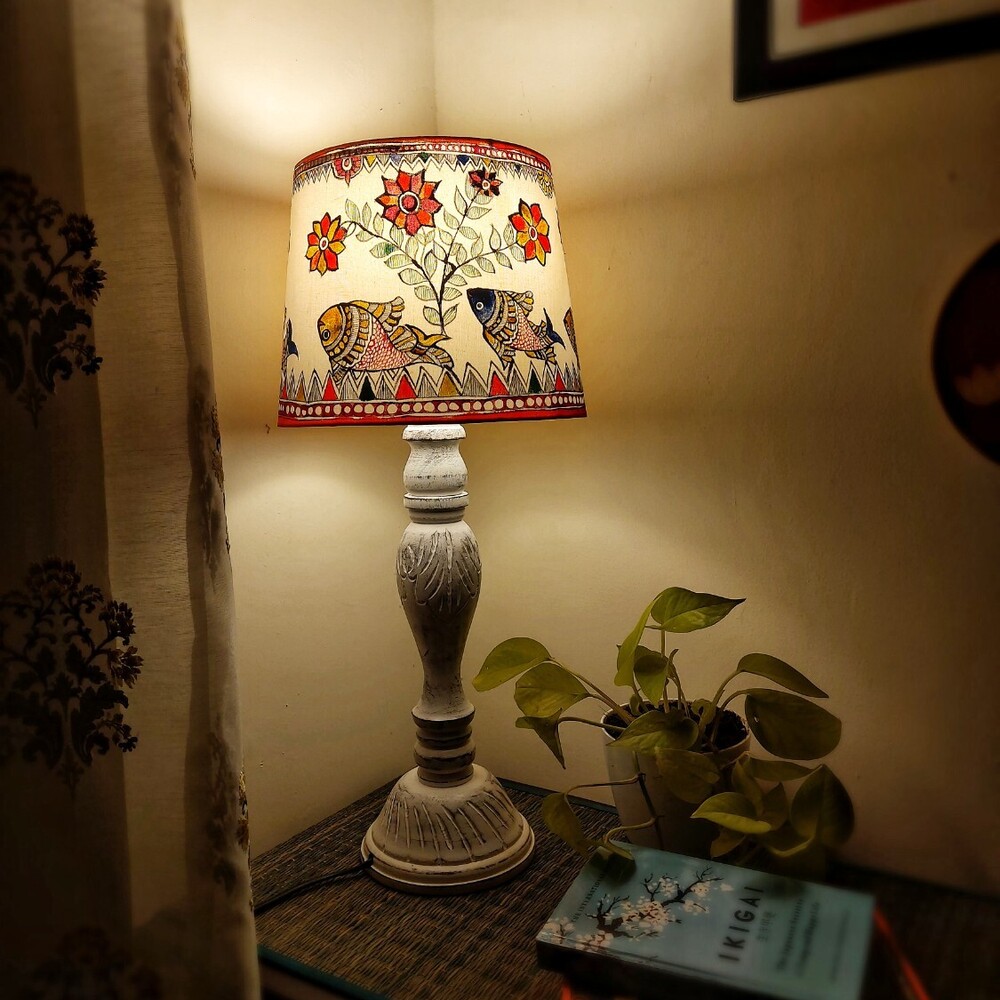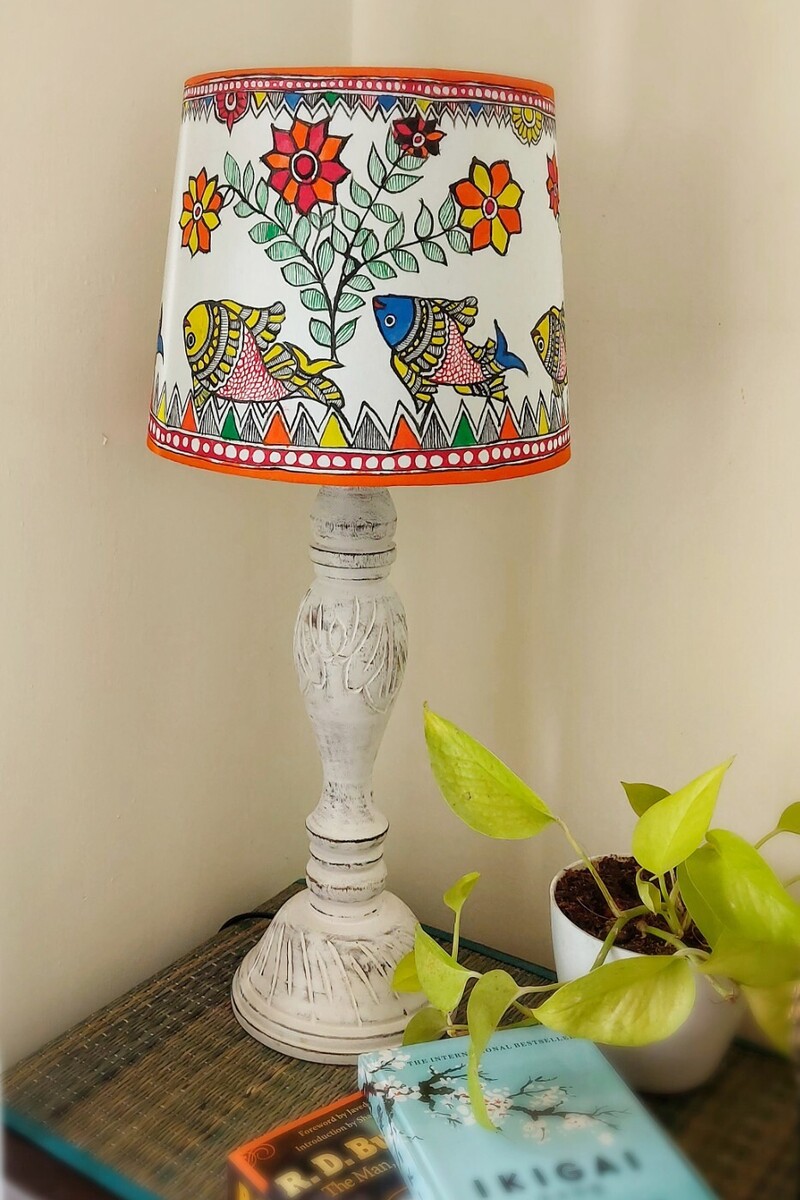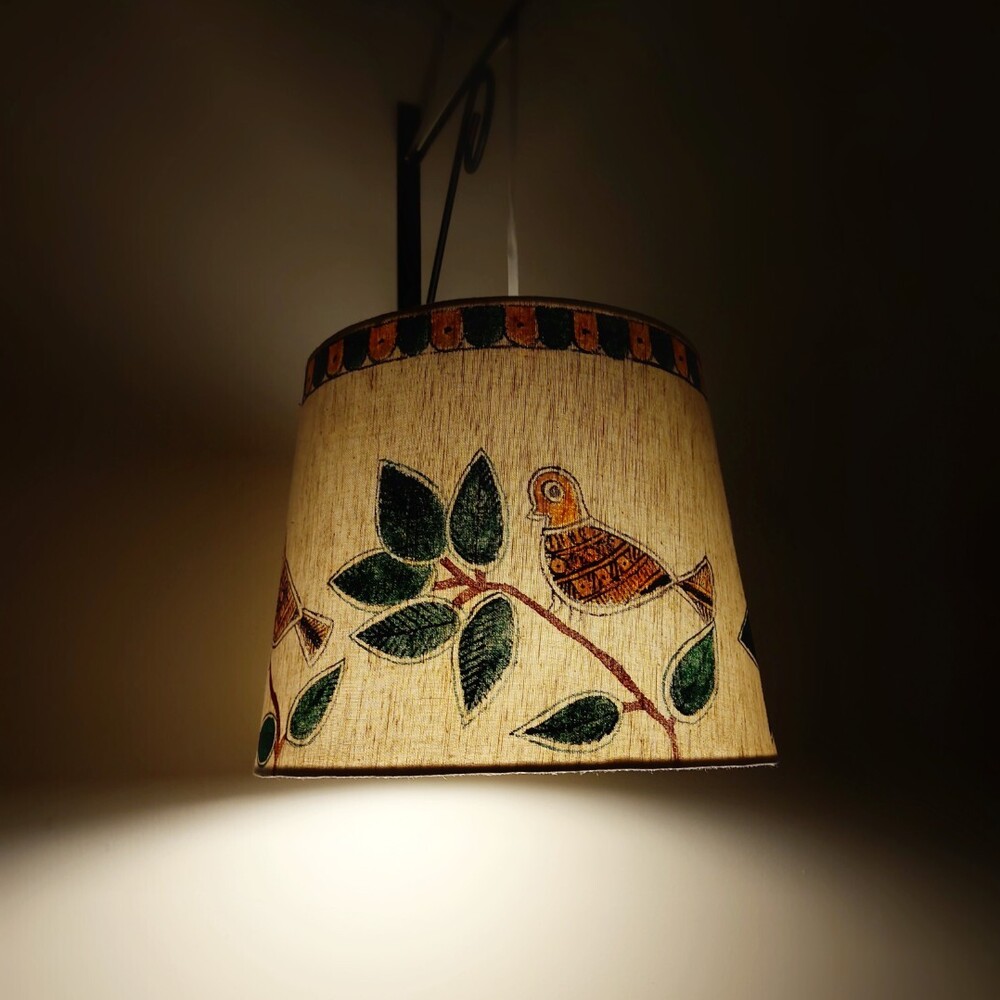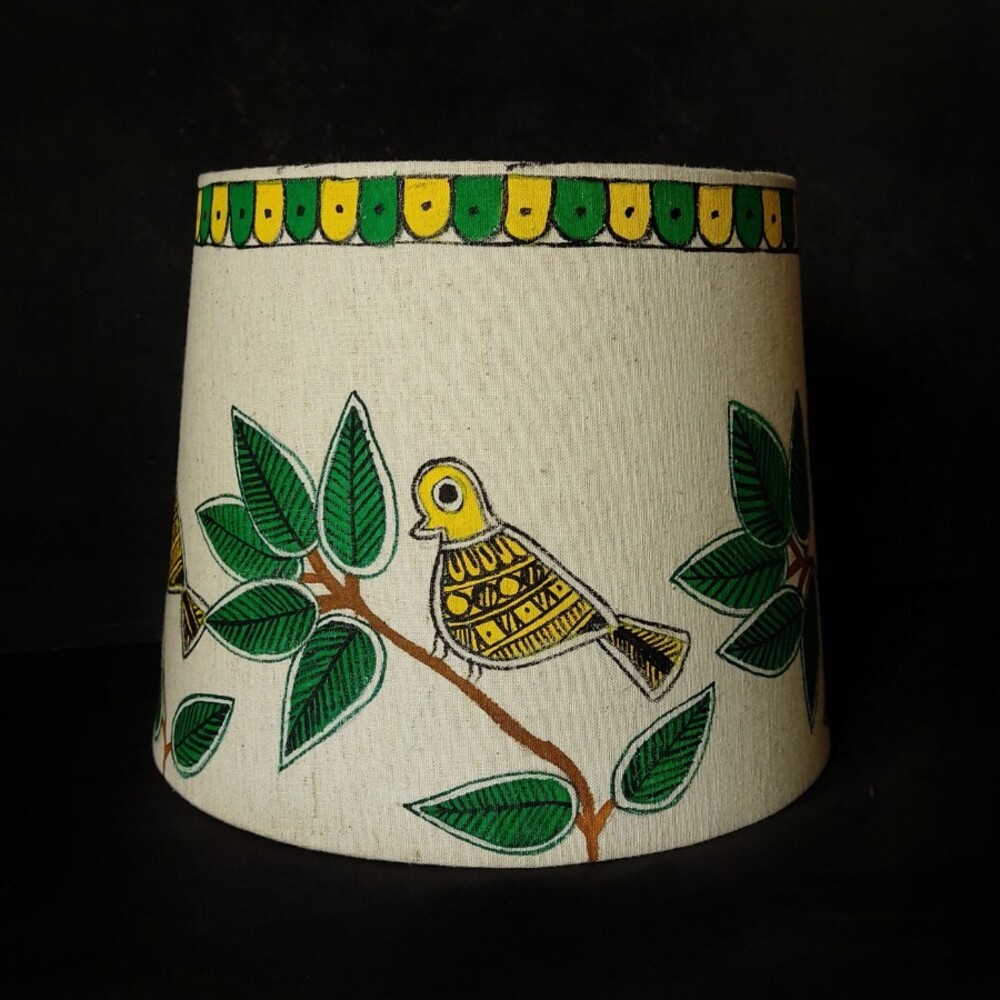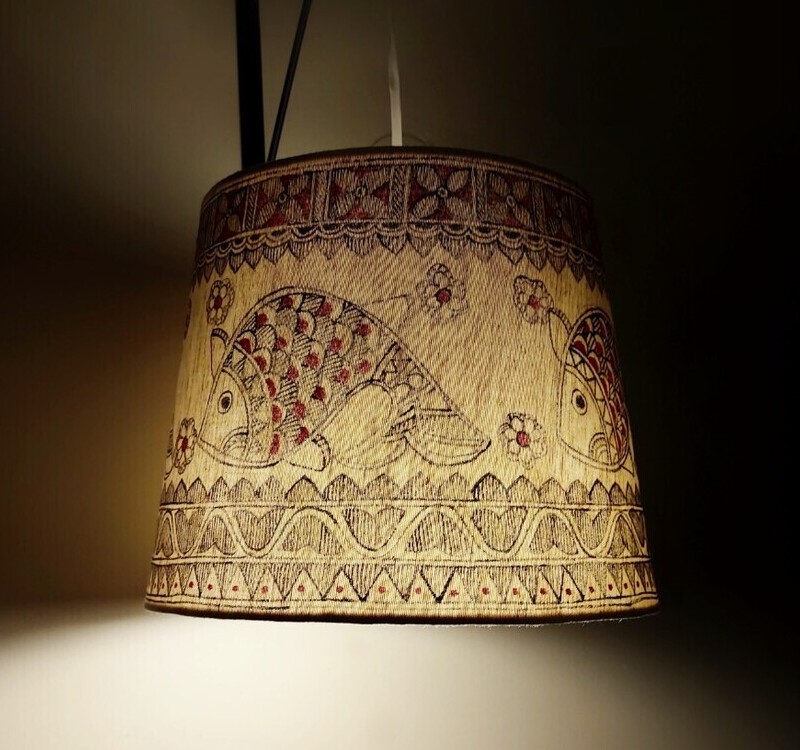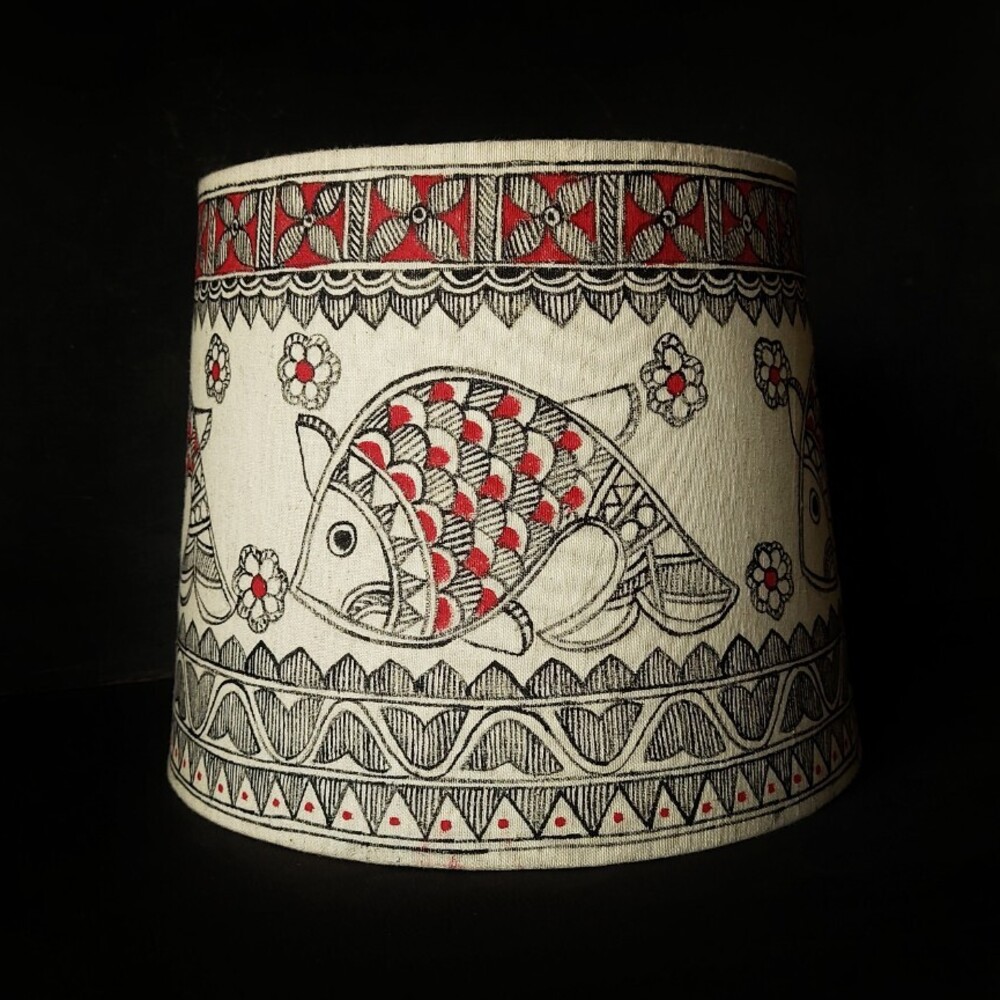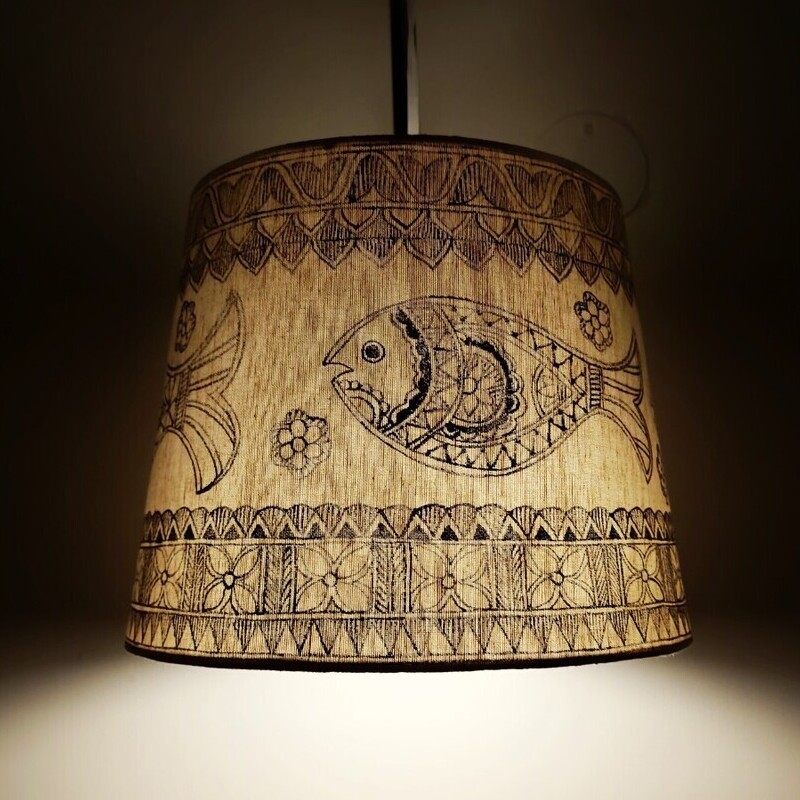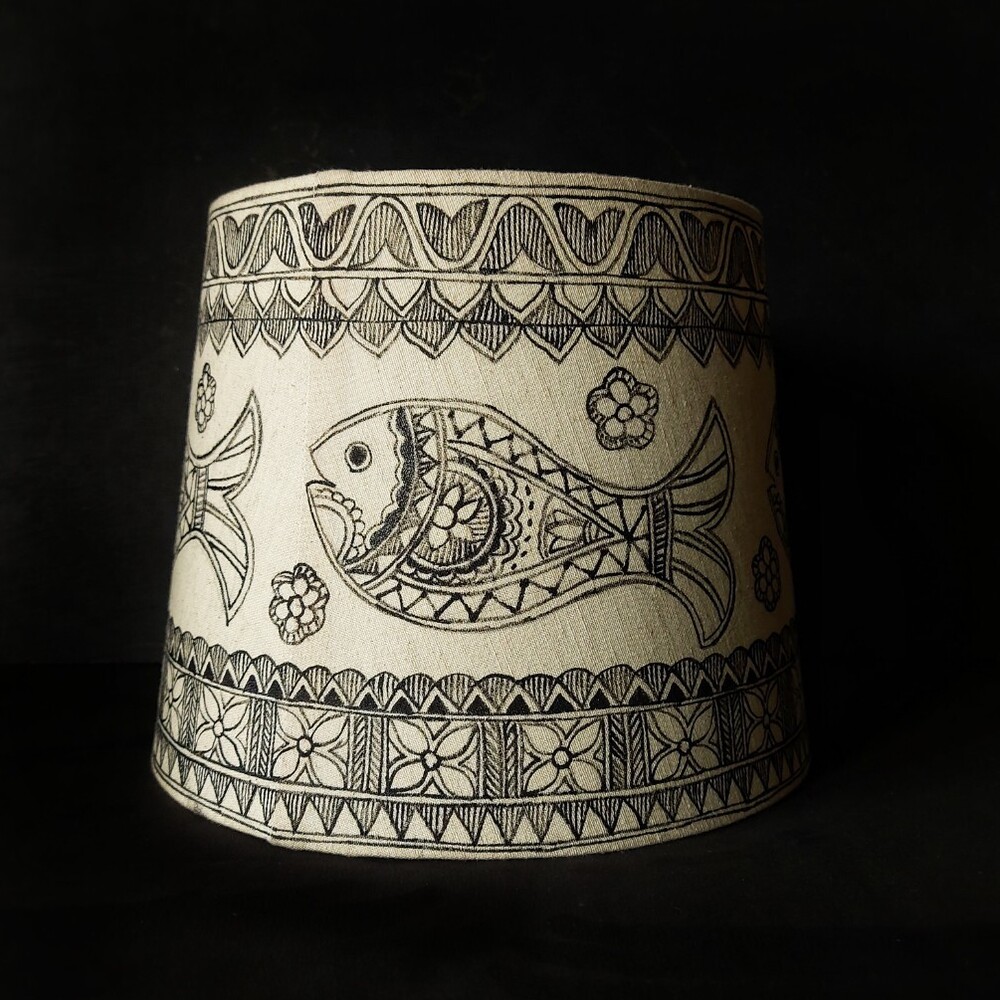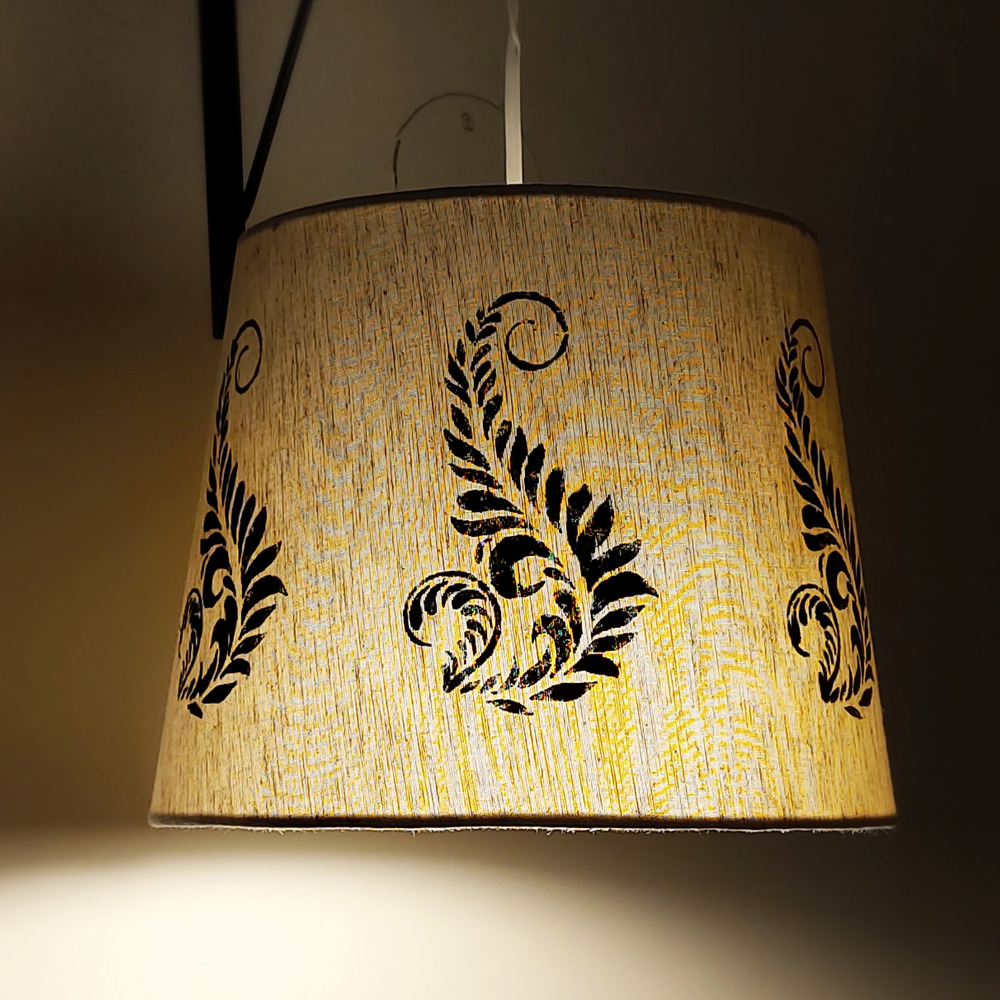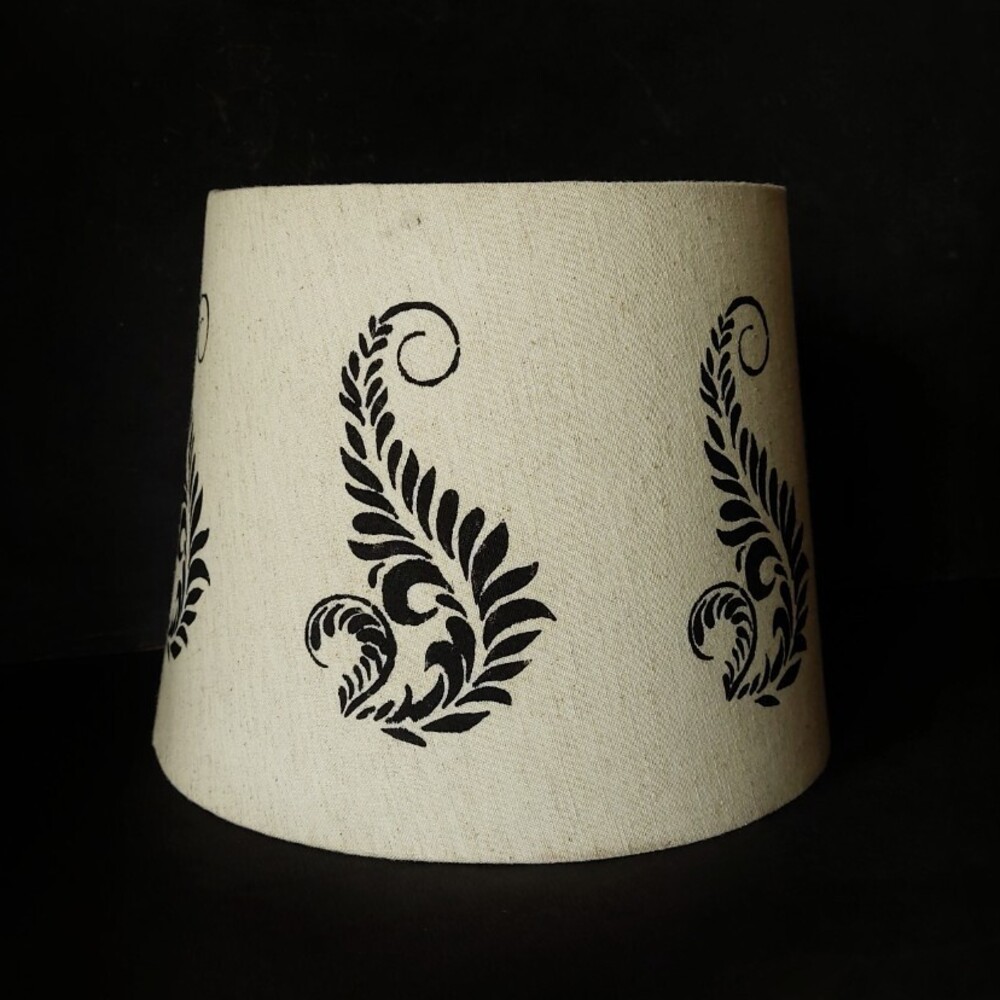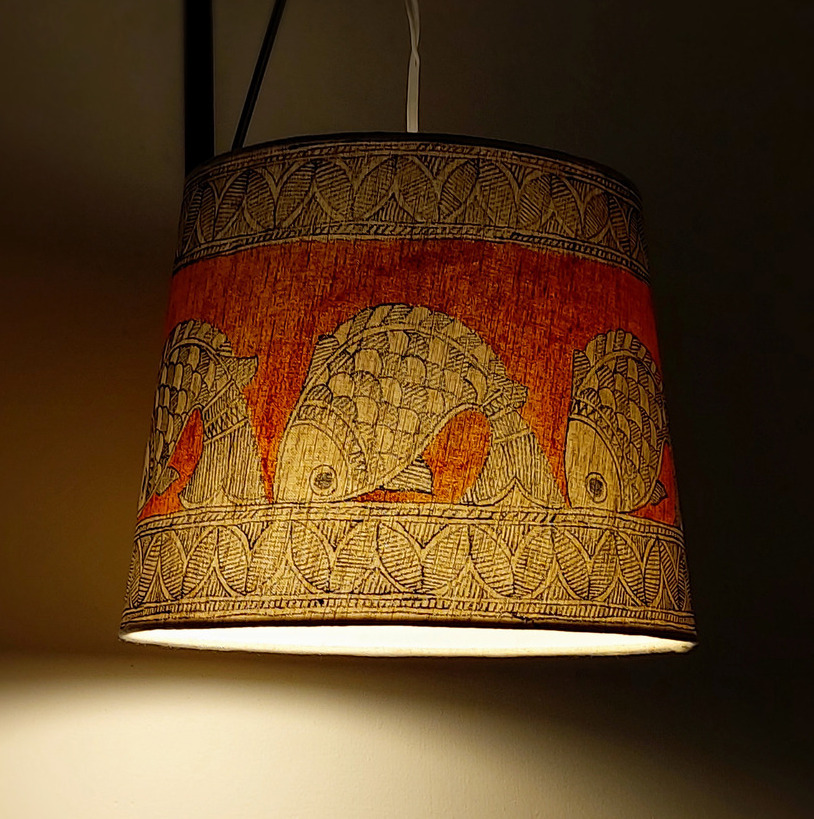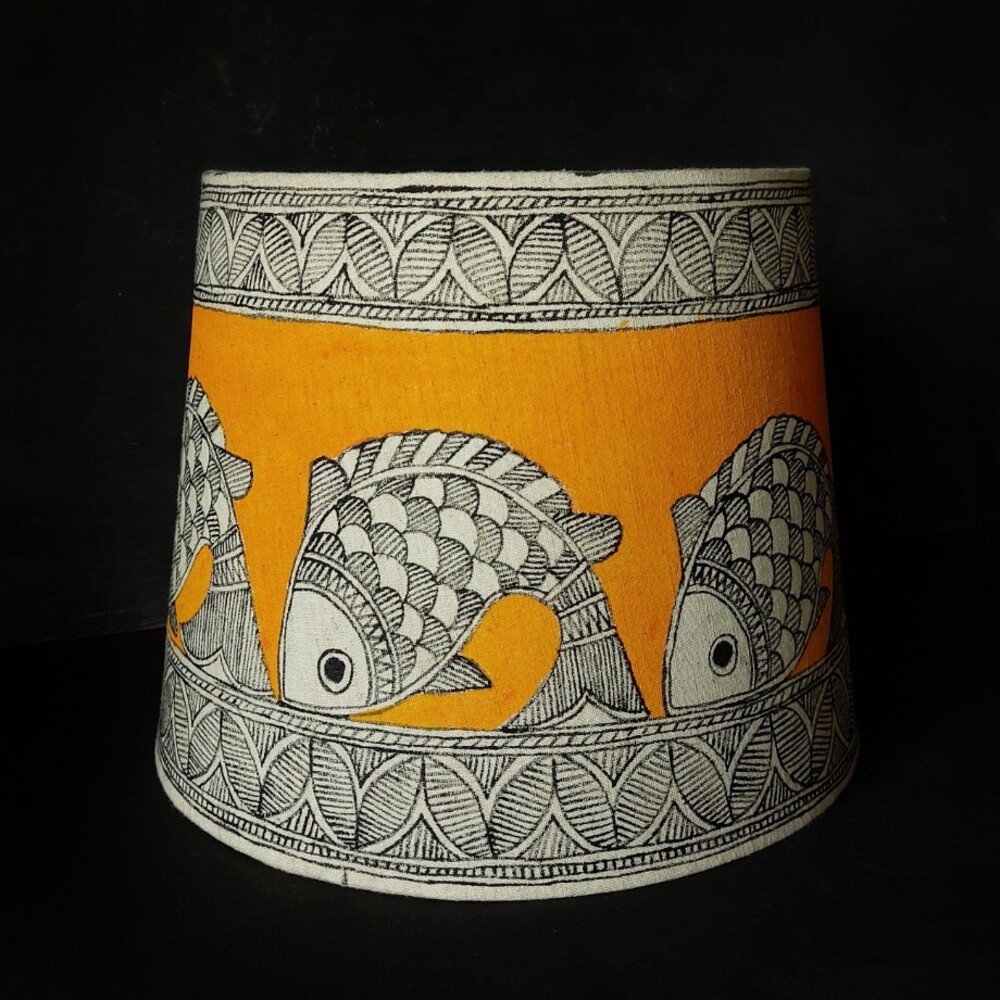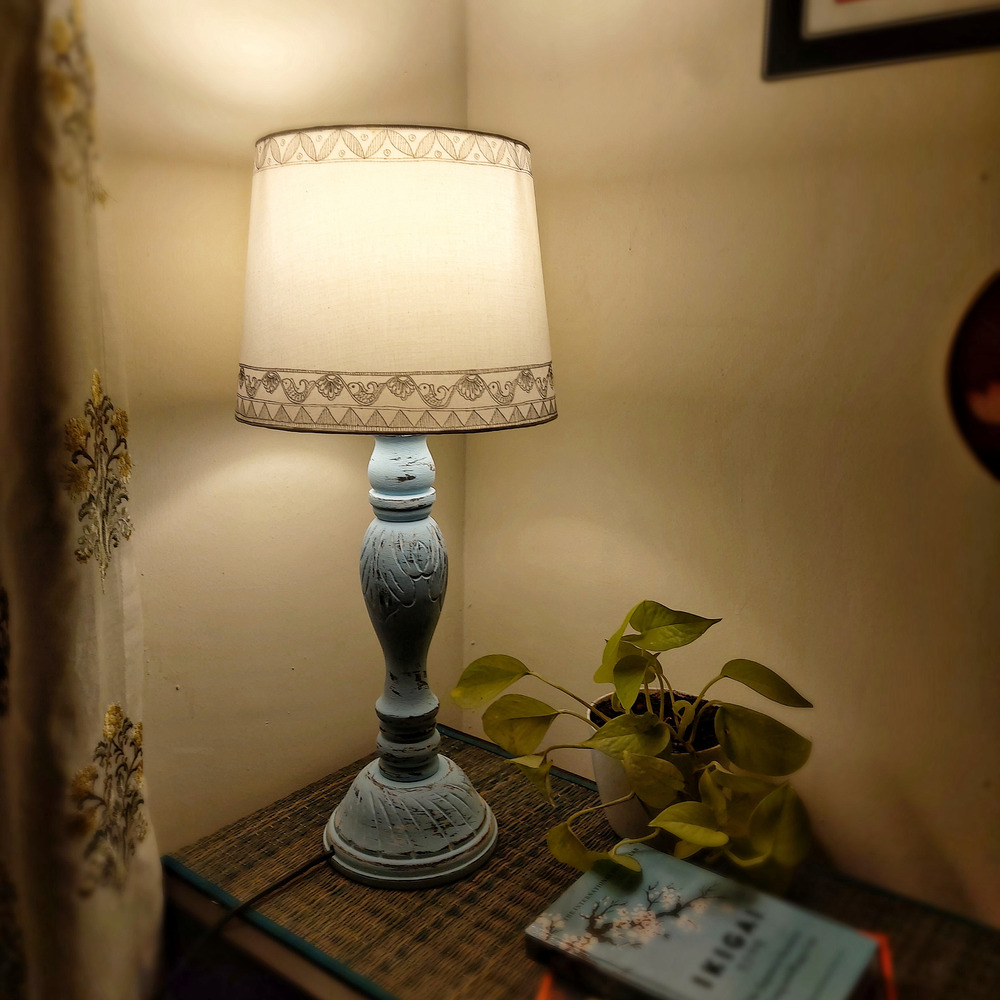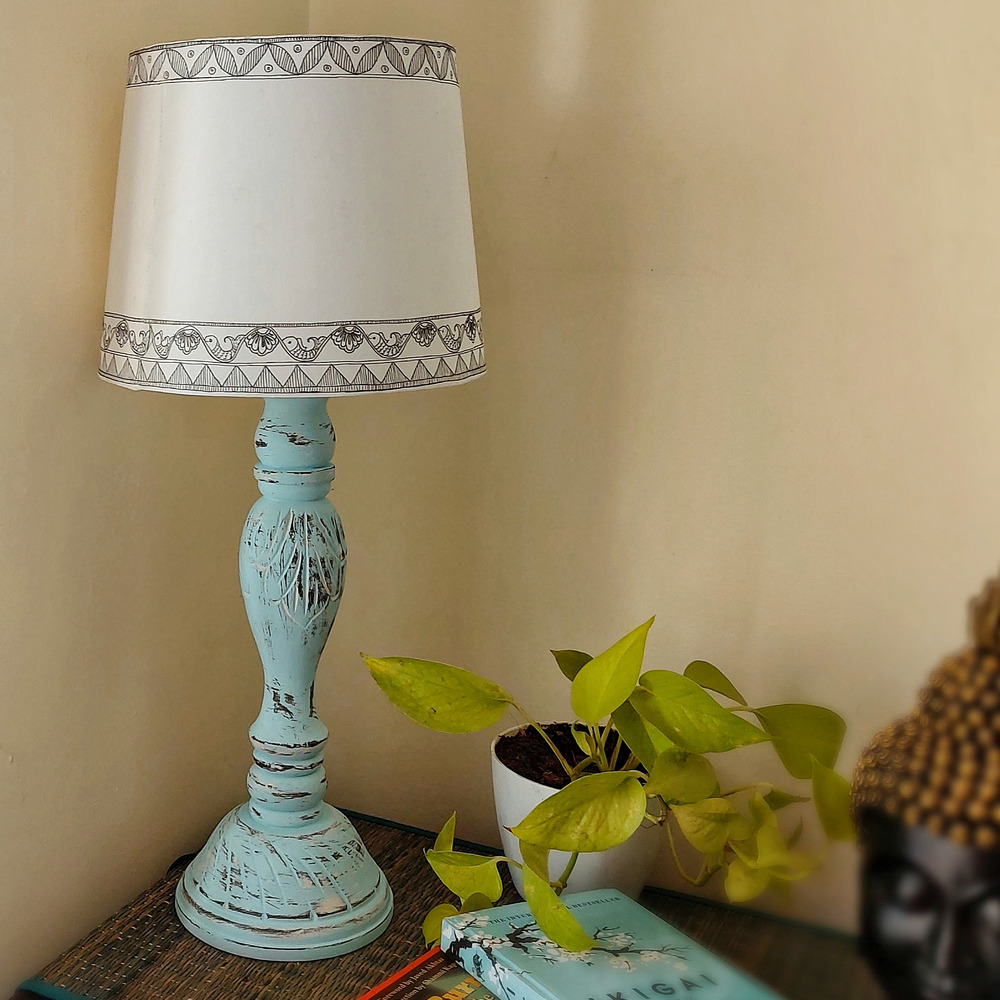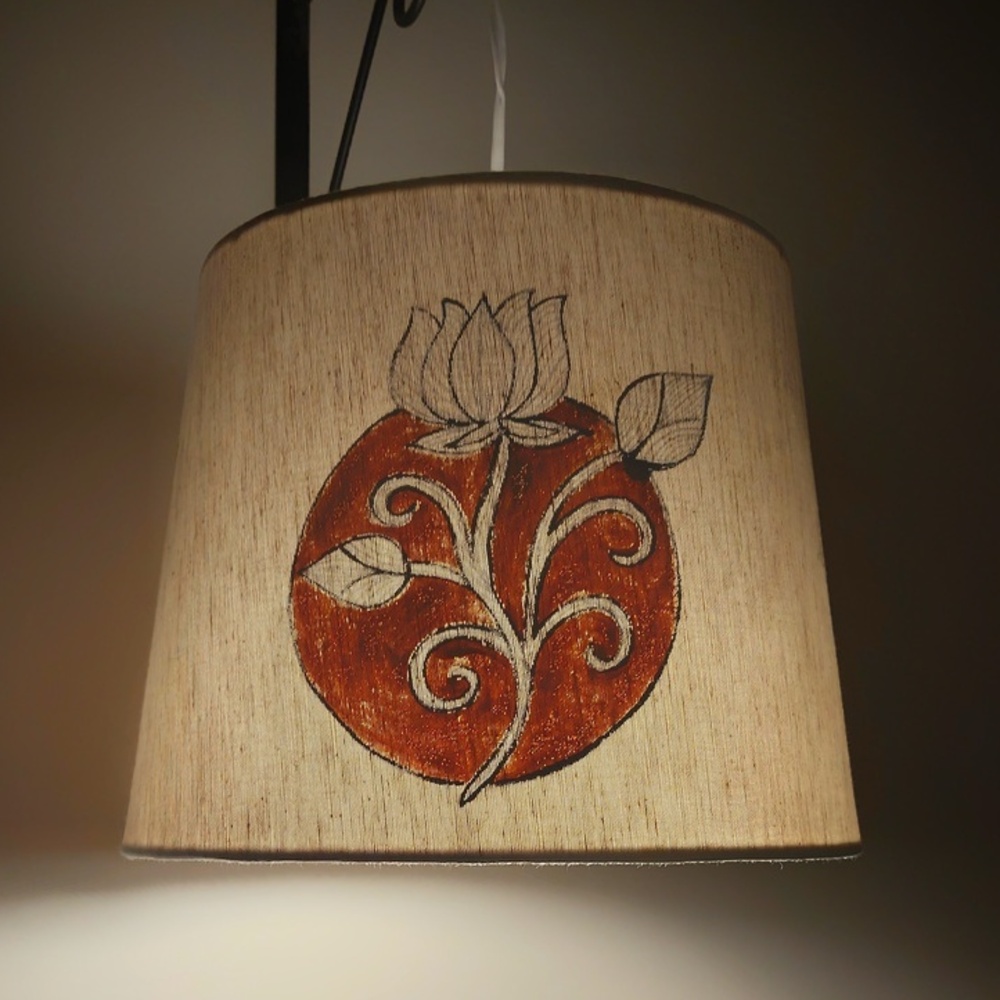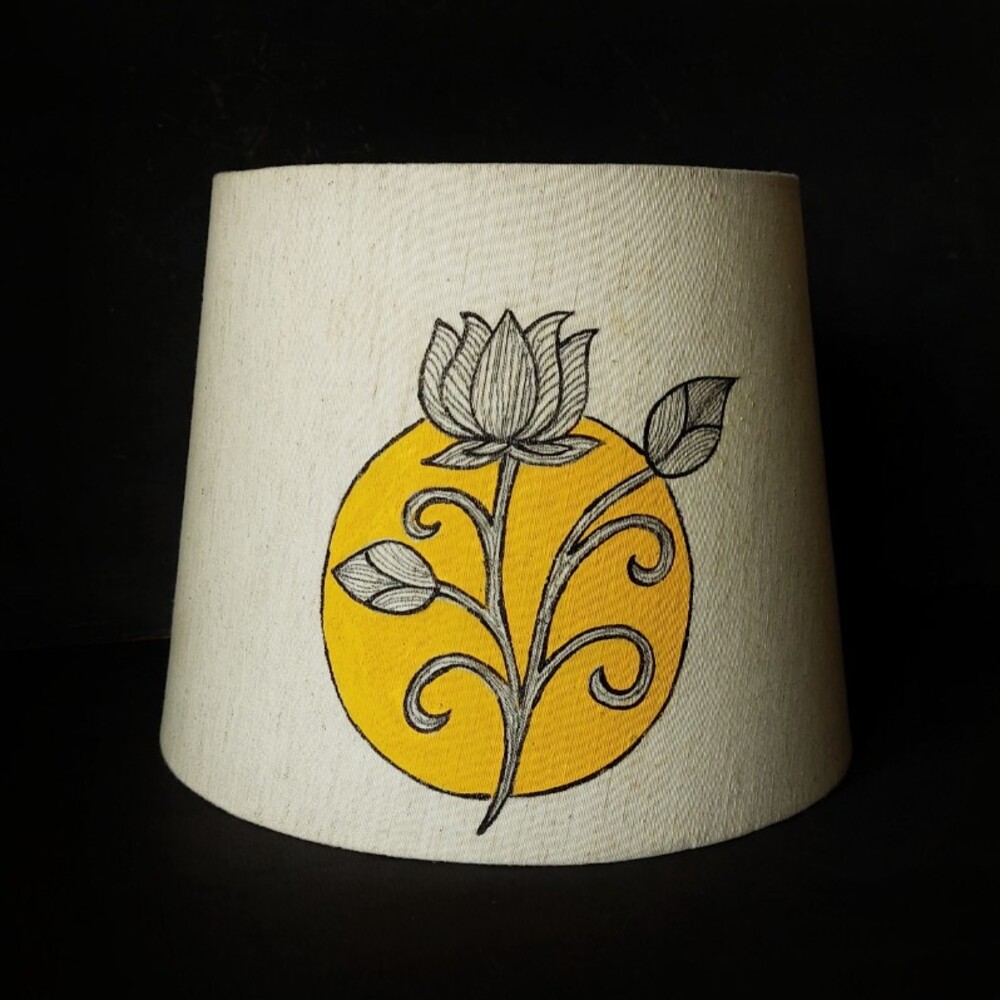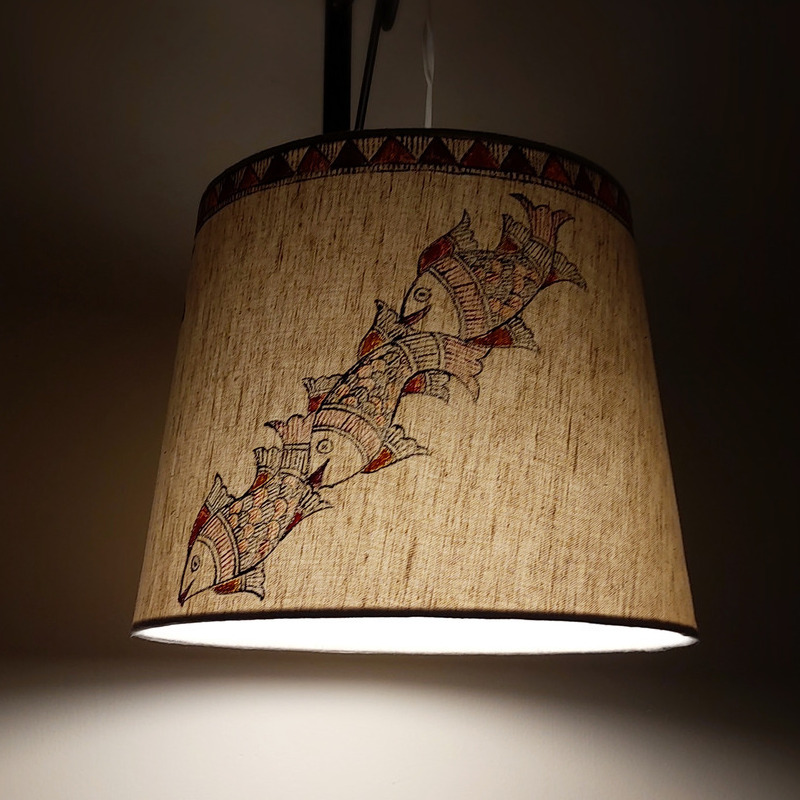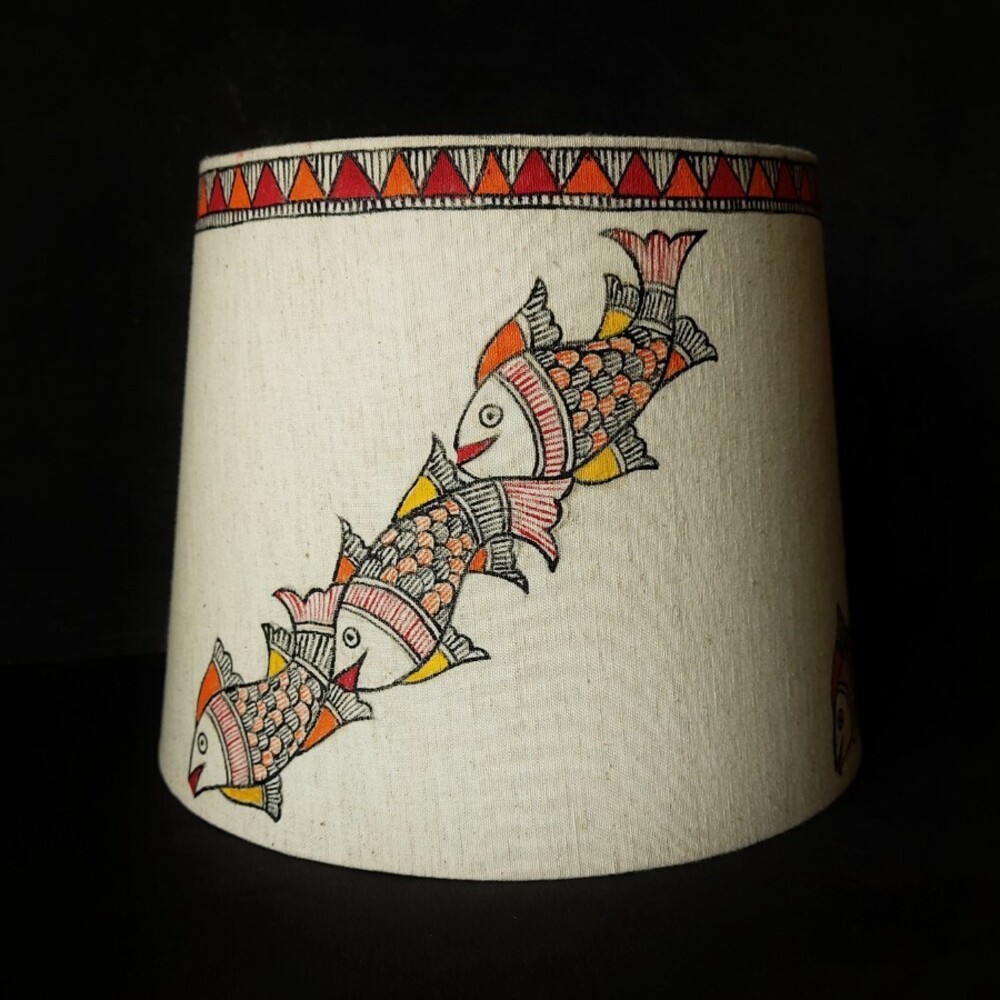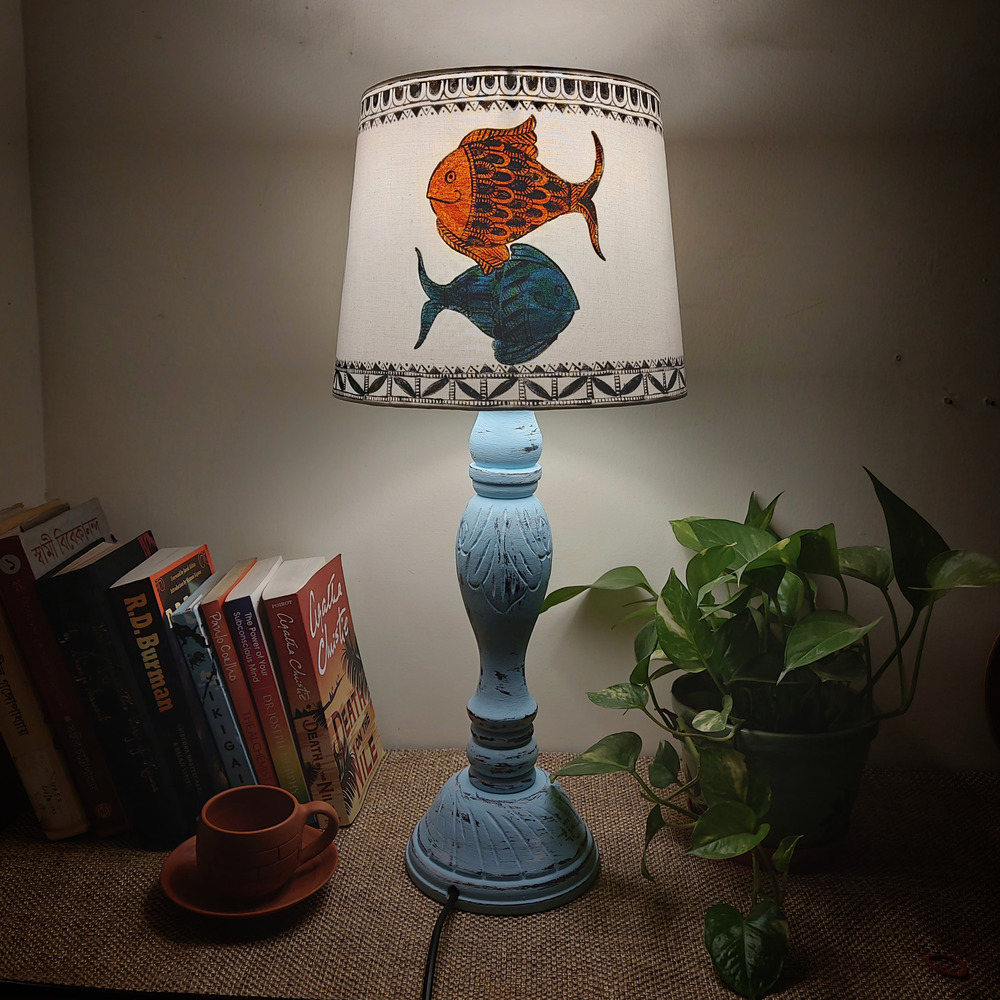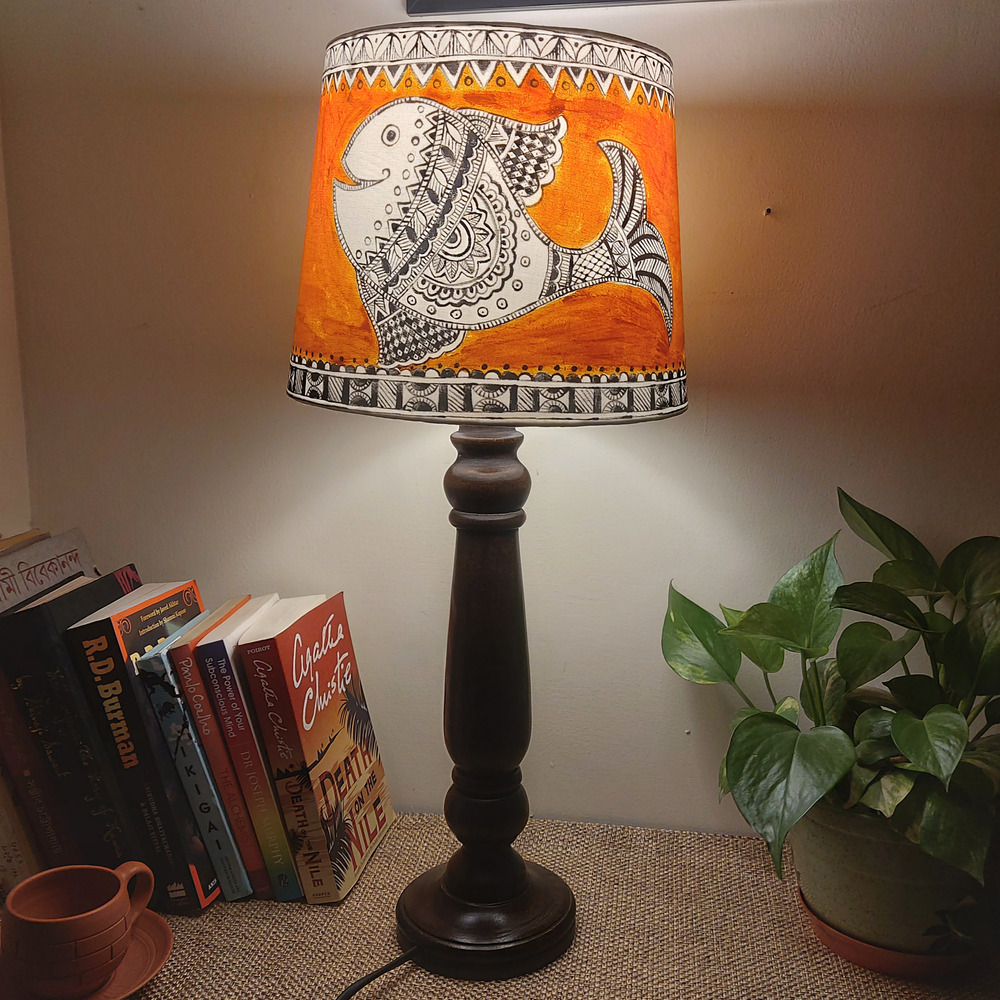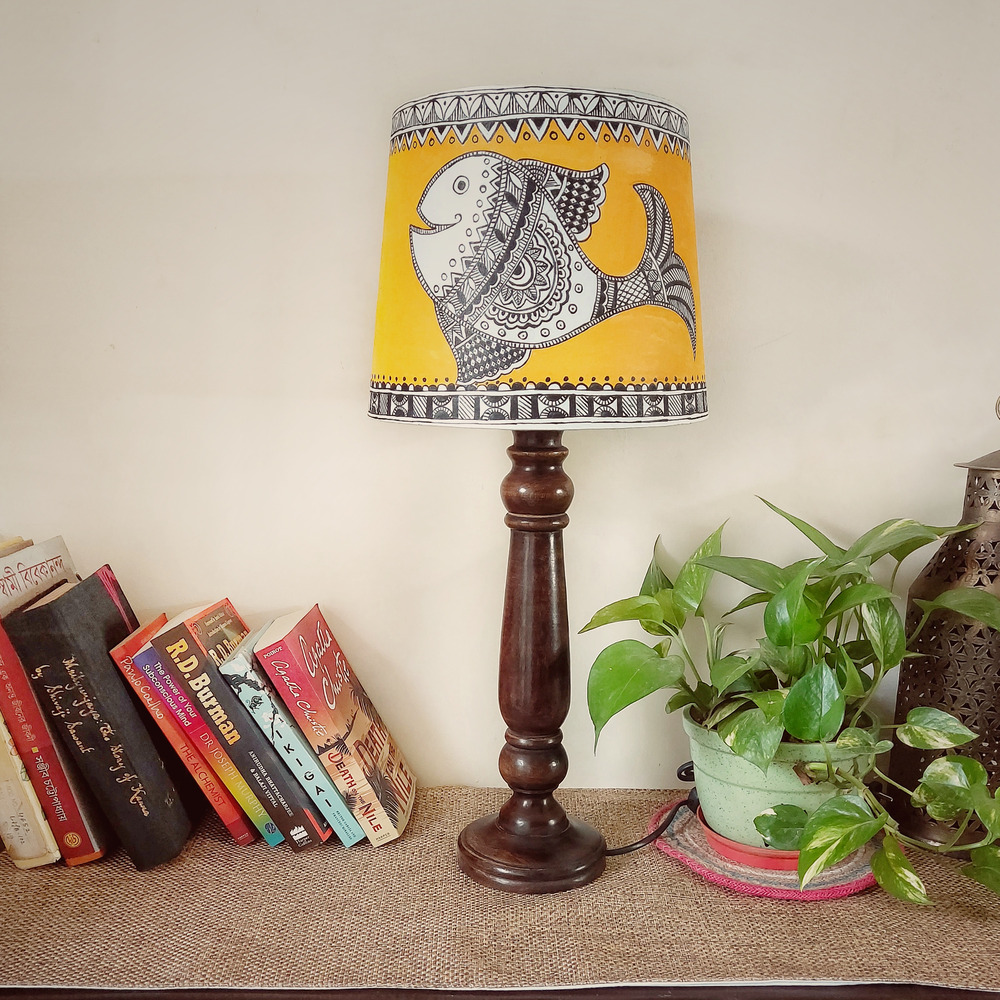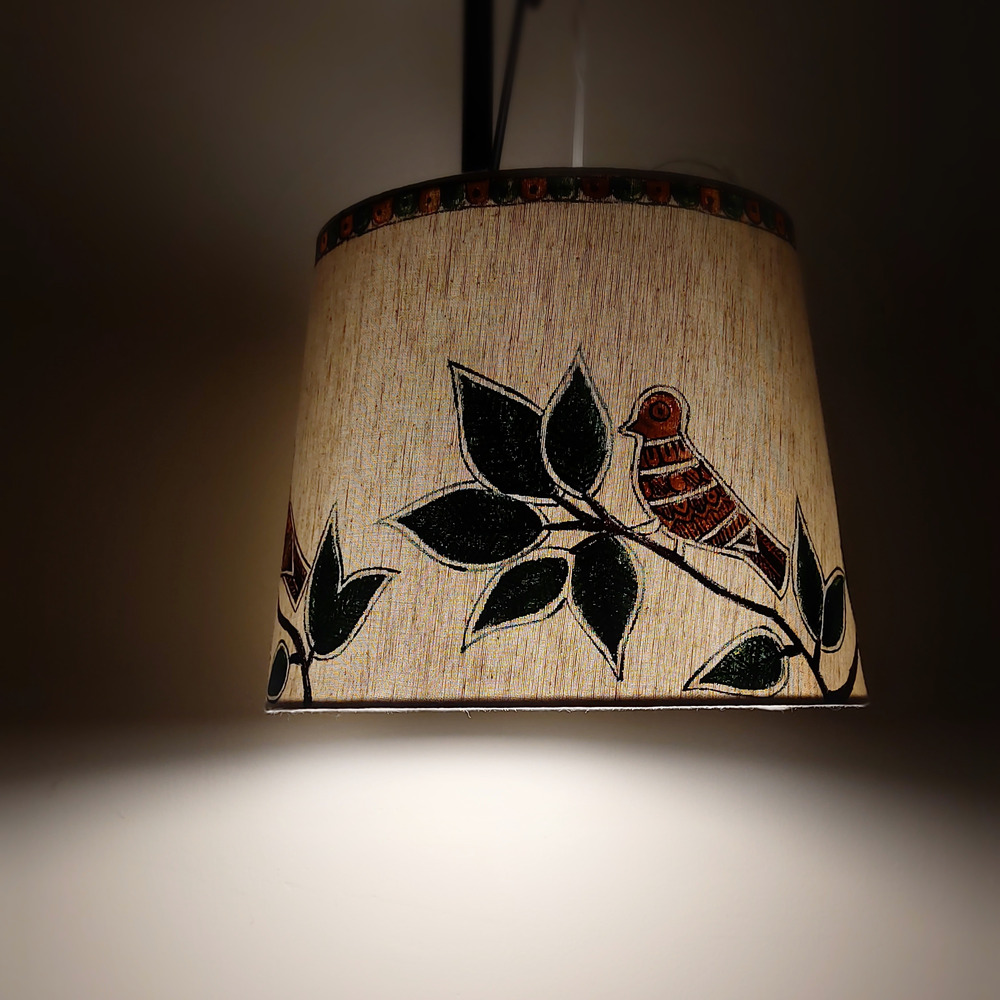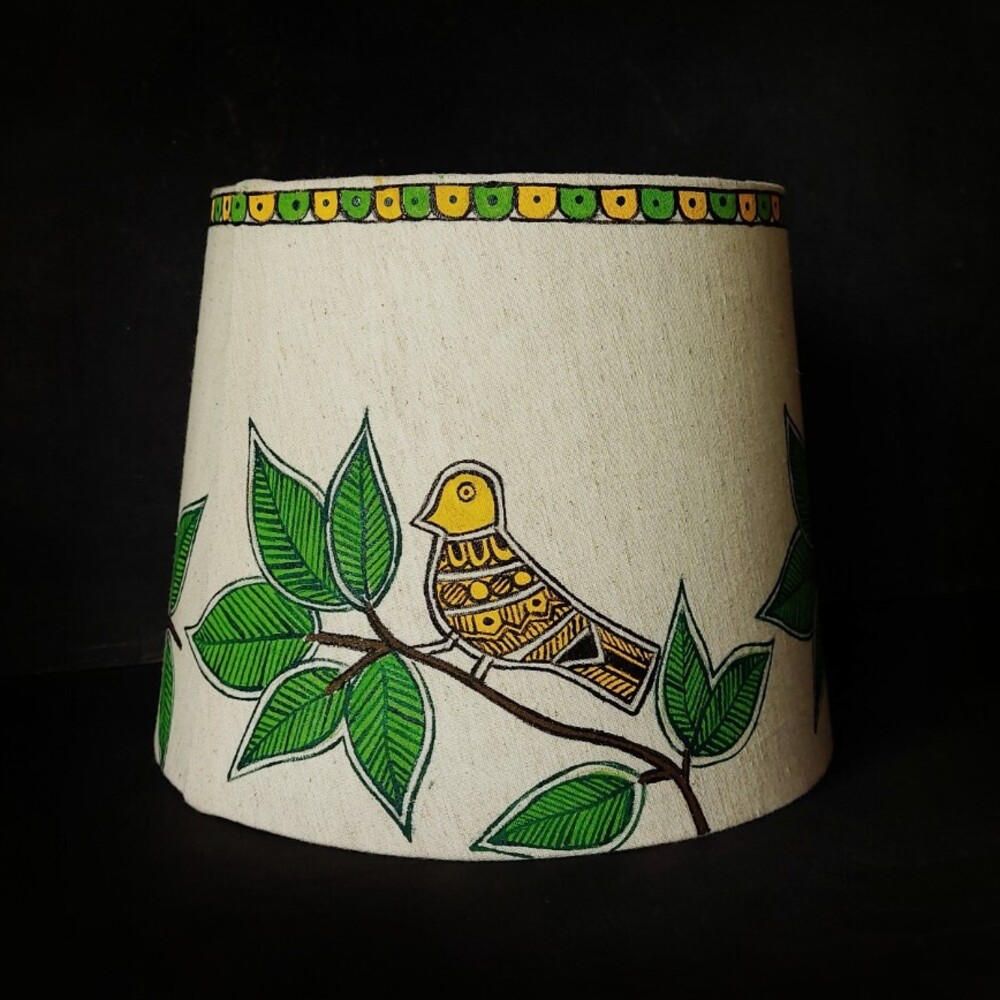- Your cart is empty
- Continue Shopping
Madhubani (or Mithila) painting is an ancient Indian folk-art that originated in the Mithila region of present-day Bihar. It is believed that the king of Mithila, Raja Janak commissioned the women of the region to decorate the entire kingdom with beautiful wall murals for his daughter’s wedding. This makes Madhubani paintings at least as old as the Ramayana, celebrating the union of Sita and Rama. The art-form survived through time and got famous as a form of wall art, practiced widely throughout the Mithila region.
Madhubani paintings are usually created using natural colours and depict deities in different forms, day-to-day activities of womenfolk, flora & fauna, animals, and birds. The distinguishing feature of this art form is the quintessential double-line that is used in all motifs. Madhubani paintings are a beautiful amalgamation of two different strokes called ‘Kachni’ and ‘Bharni’. While Kachni represents a repeated pattern that is used to fill up a motif, Bharni represents a motif that is filled with colour. There is no restriction on colours and Madhubani paintings are equally beautiful, whether in monochrome or filled with a thousand colours. During ancient times, motifs were restricted to Gods and Goddesses and but that’s not the case anymore. Many contemporary artists are attracted towards this ancient art form and they’re bringing in their own versions that are equally beautiful.
Railway Station at the sleepy old town of Madhubani is a tourist attraction in itself. With its amazing wall art, this one deserves a mention as an open art gallery, inspiring people in ways more than one. Every household in this town is trying to keep this art alive and retain olden practices that makes their work authentic (like using natural colours, hand-made paper, and nibs)

